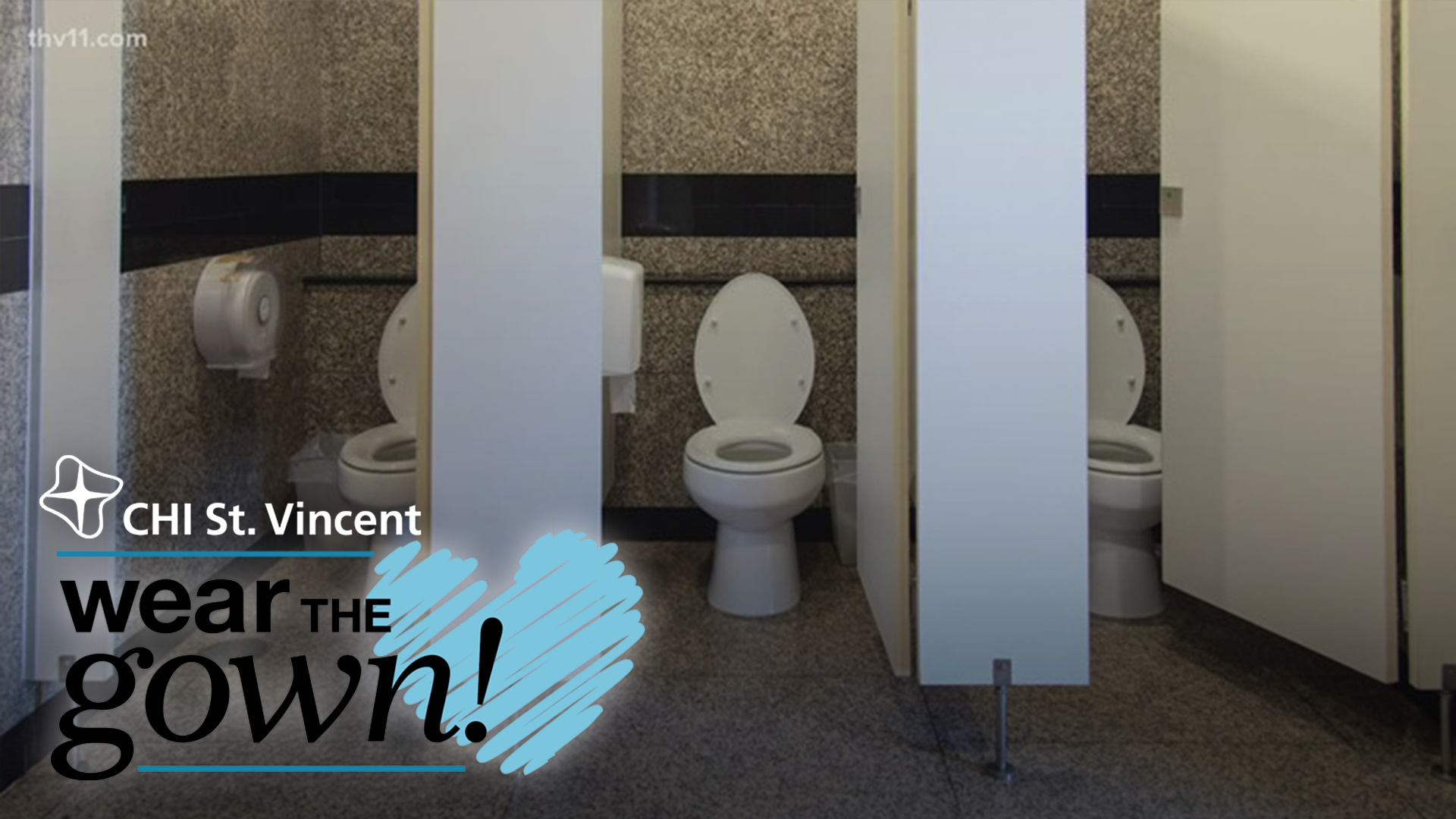LITTLE ROCK, Ark. — Family road trips can often mean good times, but there was a time in the life of Anne Collins when trips like these were a problem.
"I knew every rest area between here and Mississippi," Collins said.
The simple joys of life we all enjoy on a trip had become a problem.
"I could not drink anything. I couldn't go anywhere because if I did, I would have a problem," she explained.
Being constantly on-the-go went on for a while -- three or four years -- until finally, Anne had had enough.
"My primary physician told me, 'I got the perfect person and you will fall in love with him,'" she explained. "That was the truth."
CHI St. Vincent Urologist Dr. Seth Hollenbach knew what Anne's problem was instantly -- an overactive bladder.
"'Overactive bladder' is kind of a catch-all term for people that can't make it to the bathroom or they go way too much during the day and it affects the quality of life," Dr. Hollenbach explained.
It occurs mostly in women and it's a condition acquired over a lifetime.
"Childbirth, hysterectomy, pelvic surgeries... things of that nature that over the course of their life affects the nerves that control the bladder and the bladder starts to misbehave, so to speak," he said.
Now, there is an electronic device that can fix it -- the InterStim Neurostimulator. It's a neurostimulator that stimulates the nerve that helps control the bladder.
Patients run through a week-long trial. Annie did, and this was when she became Dr. Hollenbach's biggest fan.
"Every other day, I was getting a call to find out if I was okay and I was. You don't find that anymore. When a doctor takes that kind of interest in you, you better stay with that doctor," Collins said.
And she has for 10 years now. Her problem has been solved for over a decade. It's what motivates Dr. Hollenbach.
"When you can help somebody get back to their daily activities and their family, and traveling -- things they love to do. So when we give people that back, boy it makes you keep going and you just wanna do it more," he said.
The installation of the neurostimulator involves a small incision and a procedure that doesn't take much more than 20 minutes.

